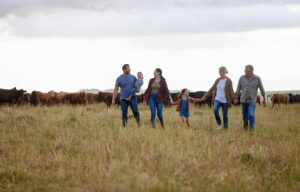
Create impact by joining our Board of Directors!
PolicyWise is seeking up to three individuals from Western Canada to create impact by joining our Board of Directors this fall.

PolicyWise is seeking up to three individuals from Western Canada to create impact by joining our Board of Directors this fall.

Explore strategies from PolicyWise’s webinar on helping caregivers and families support gender-diverse youth in Alberta.

Rural community members working to improve mental health, check out these five new resources on sharing your impact!

PolicyWise’s new resources and tools can help Alberta’s food and beverage sector recruit, retain, and support newcomer young adult employees.

PolicyWise, Dr. Yale Belanger, and Making the Shift created a roadmap to guide how we collect, use, and share data to prevent youth homelessness.

PolicyWise reveals opportunities for action that help women thrive in the green energy sector and build a sustainable and equitable future.

Upon the passing of Dr. Robert Westbury, PolicyWise honours his visionary leadership in establishing our organization.

Learn how PolicyWise collaborated with ALIGN to create the ALIGN Well-Being Toolkit, redefining how child and youth well-being is understood.

PolicyWise’s Spark Guide introduces culturally responsive resources for child care workers to better serve Alberta children and families.

We are sharing stories from our Annual Impact Report, learn how we are informing and advocating for policy changes by working with community partners and government.

We’d like to acknowledge and show respect to the histories, languages, and cultures of the First Nations, Métis, and Inuit, whose presence continues to enrich our communities.